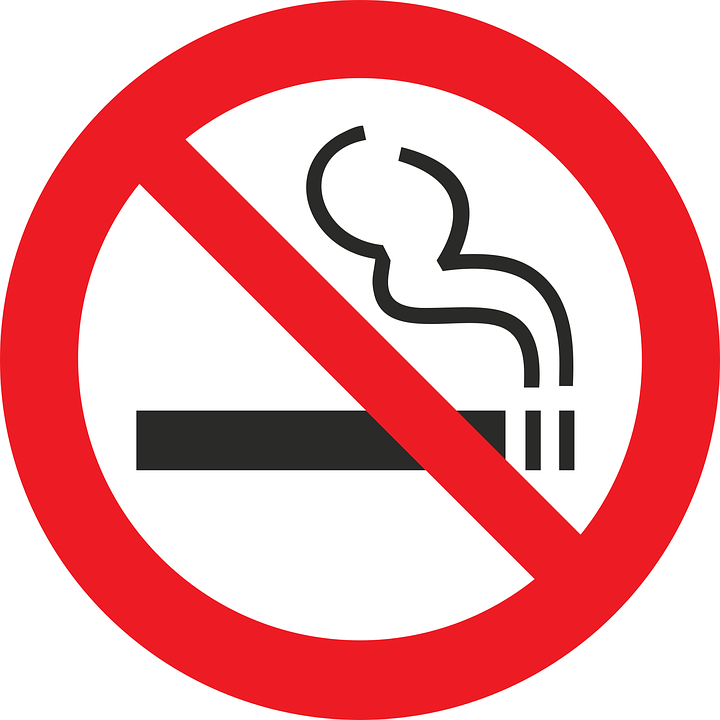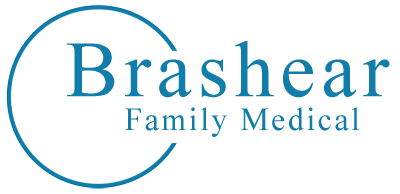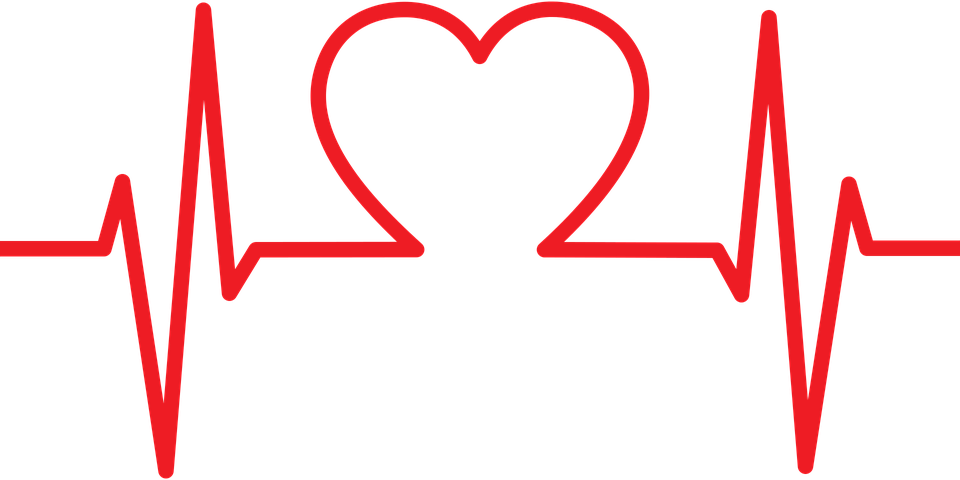February is Heart Health Month. This makes it the perfect time to learn about your risk for heart disease and tips to help your heart. Heart disease can happen to both older adults and younger adults. This is partly because the conditions that lead to heart disease are happening at younger ages now. We have put together a few signs to know if you are at risk for heart disease, in addition to tips for protecting your heart health for Heart Health Month 2018.
Heart Health Month Awareness
Signs You May be at Risk for Heart Disease
Many of the following conditions that put individuals at risk for heart disease are appearing at younger ages:
High Blood Pressure
Millions of Americans of all ages have high blood pressure. This includes millions of individuals in their 40s and 50s. About half of people with high blood pressure don’t have it under control.
Not controlling high blood pressure is one of the biggest risks for heart disease and other harmful conditions, such as stroke.
High Blood Cholesterol
High blood cholesterol can also increase your risk for heart disease. The following can all contribute to unhealthy cholesterol levels:
- diabetes and obesity
- smoking
- eating unhealthy foods
- not getting enough physical activity
Smoking
More than 37 million adults in the U.S. are current smokers. In addition, thousands of young people start smoking each day. However, smoking can damage the blood vessels and increase your risk for heart disease.
Other behaviors that affect your risk for heart disease include the following:
Obesity
Carrying extra weight puts stress on the heart. More than 1/3 of Americans and nearly 1/6 of children ages 2 to 19 has obesity.
Diabetes
Diabetes can result in sugar building up in the blood. Therefore, this damages blood vessels and nerves that help control the heart muscle. Nearly 1 in 10 people in the U.S. has diabetes.
Physical Activity
To keep your heart and blood vessels healthy, you must stay physically active. Only 1/5 of adults meet the physical activity guidelines of getting 150 minutes a week of moderate-intensity activity.
Unhealthy Eating Patterns
The majority of Americans, including children, eat too much sodium (salt). Eating too much sodium can result in high blood pressure. Replace foods high in sodium with fresh fruits and vegetables to help lower blood pressure. Only 1 in 10 adults eat enough fruits and vegetables each day. Having a diet high in the following can increase your risk for heart disease:
- trans-fat
- saturated fat
- added sugar
Tips to Protecting Your Heart Health
The following are a few tips to protect your heart health:
Don’t Smoke

In the U.S., smoking is the leading cause of preventable death. If you don’t smoke, don’t start. However, if you do, learn how to quit.
Manage Conditions

Work with your health care team here at Brashear Family Medical to manage conditions such as high blood pressure and high cholesterol. This includes taking any prescribed medications you may have.
Make Heart-Healthy Eating Changes

Consider a diet low in trans-fat, saturated fat, added sugar and sodium. Fill at least half your plate with vegetables and fruits, and aim for low sodium options.
Stay Active

Try to get at least 150 minutes of physical activity per week. You can even break up the 30 minutes into 10-minute blocks.
For more information on how to improve your heart health during Heart Health Month 2018, contact us here at Brashear Family Medical with the link below!

